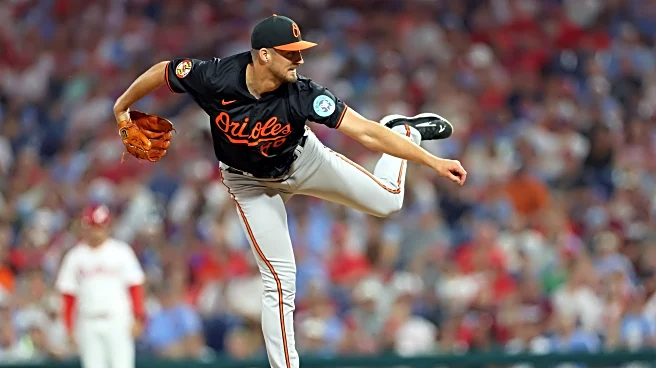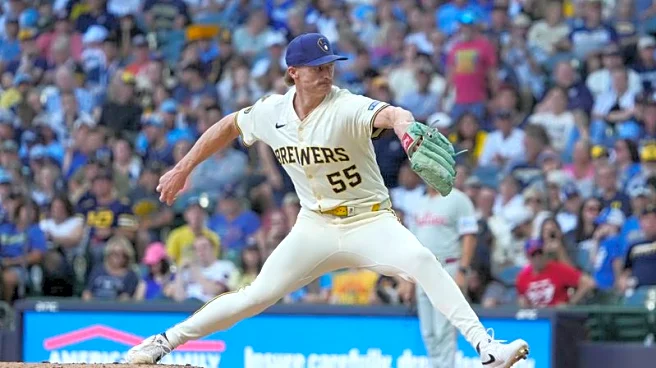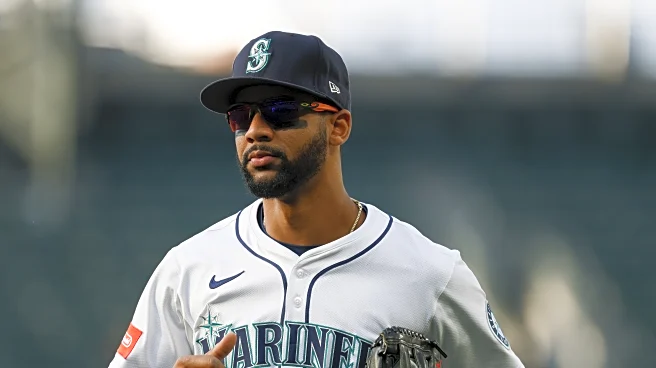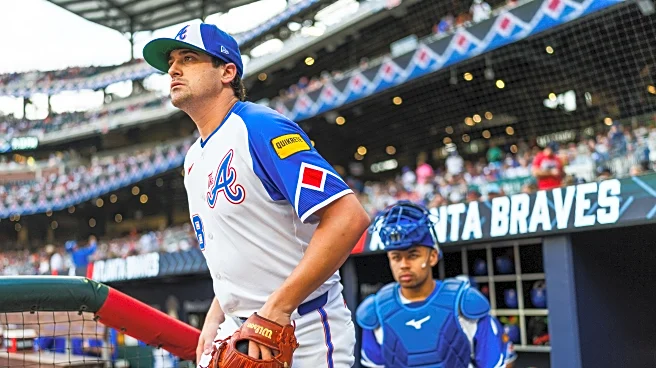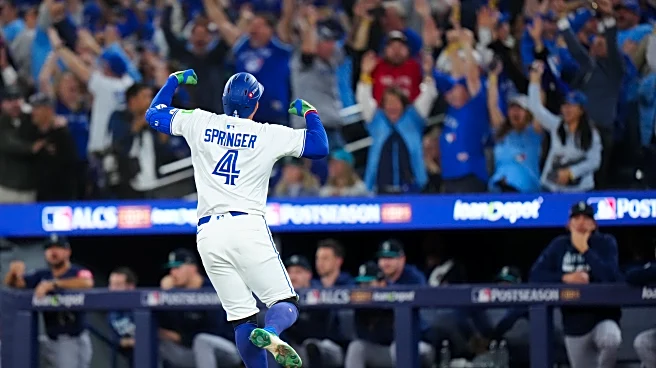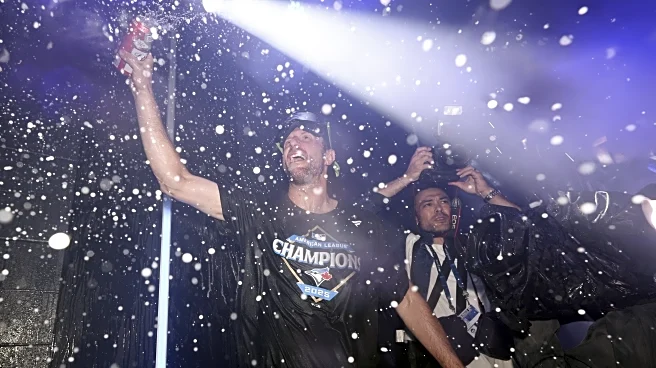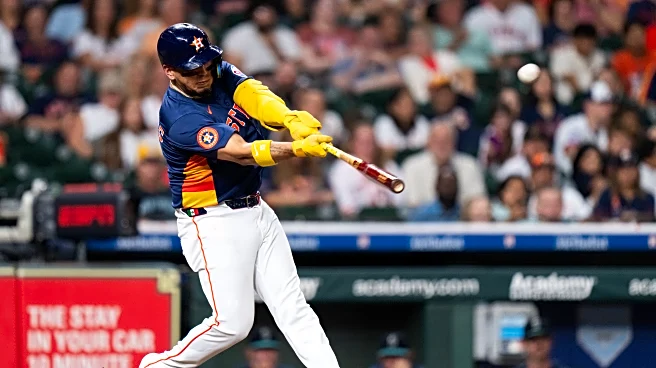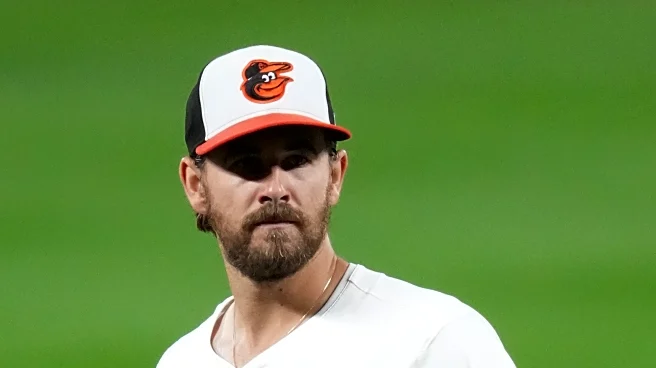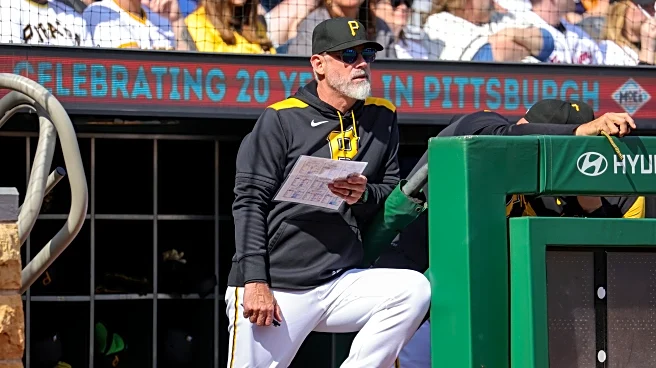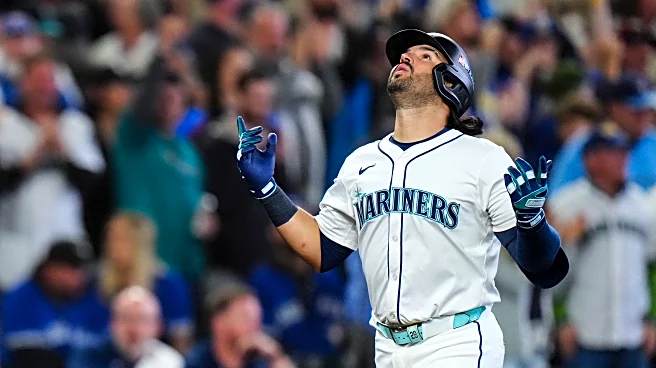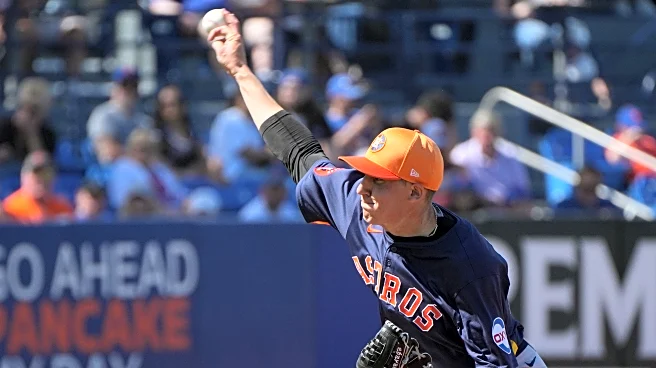Building out a relief corps can often seem like an exercise in futility. Every major league team needs bullpen help. But one way to hedge your bets and give your club some wiggle room is to load up on fringy—and somewhat enticing—relief arms that you can plug and play from Triple-A. The results won’t always go your way, but there’s a chance you catch lightning in a bottle, and that could ultimately transform your bullpen in a meaningful way. Grant Wolfram is one of those lottery ticket types that Mike
Elias is hoping will cash in.
Wolfram was selected by the Texas Rangers in the 18th round of the 2018 out of Davenport University. The Brewers signed him as a free agent last offseason, and then he was dealt to the Orioles in early April. The 28-year-old lefty had yet to pitch in a major league game but was fresh off a solid 2024 spent in Triple-A (3.34 ERA over 56.2 innings) and had all three of his options remaining. It was an ideal depth addition to an organization that could use the bullpen help.
It took a while for Wolfram to get an extended look in Baltimore. He made his MLB debut and threw just 1.1 innings for them near the end of April. He was called up in June but demoted before appearing at all. On July 10 he got called up for one day and then sent right back to Norfolk. But just three days later he was called back to Baltimore, and that is where he would remain for the next two months.
Leading up to Wolfram’s long-term promotion, he was dominating in Triple-A. From May 1 through July 8, he had a 2.08 ERA, .200 batting average against, .493 OPS against, and had struck out 23 across 21.2 innings. The southpaw had made 19 appearance in that stretch and allowed runs in only three of them. He definitely earned his way up to Baltimore.
From July 10 through September 14, Wolfram was a familiar face in Tony Mansolino’s bullpen, but he was featured almost exclusively in low stakes moments. Of the 26.2 MLB innings he pitched this season, just 0.2 of them took place in high-leverage situations.
The results for Wolfram were a mixed bag. Across the 24.2 innings he threw during that extended look, he had a 4.38 ERA and .290/.350/.402 batting line against. Not great. But he also struck out 30 and had a .387 BABIP. If he could maintain that rate of strikeouts and get a little luckier on balls in play, many of those other numbers would come down precipitously.
It then tracks to see a pretty wide gap between Wolfram’s season-long numbers and his peripheral stats. Over 26.2 total innings, he had a 5.40 ERA, but a 3.44 xERA, 3.59 FIP, and 4.29 xFIP. There is enough underlying encouragement there for the Orioles to keep giving him chances at the big league level.
There is plenty of room for individual improvement for Wolfram as well, especially when it comes to finding the strike zone. He averaged 5.06 walks per nine innings in the majors this year. That was a big problem for him in July and August. He had an eight-appearance stretch that saw him walk seven across 10.1 innings. No surprise that his ERA was 7.84 in that time. That issue reared its head in his final appearance of the season, when he walked three Yankees in just two-thirds of an inning on September 27.
Walks are just about the only ding on him. A gander at his Baseball Savant page is rather encouraging, at least for a 28-year-old fringy bullpen arm. He grades out well on fastball velocity (95.9 mph), exit velocity (87.6 mph), barrel rate (3.5%), hard hit rate (37.2%), ground ball rate (50%), and xERA (3.44). And he has a four (sometimes five) pitch mix that has the makings of a back-end starter or multi-inning relief option rather than a run-of-the-mill middle inning guy.
Mansolino turned to Wolfram for multiple innings quite a few times. Eight of his 21 MLB appearances lasted longer than one inning. Those longer outings happened in Triple-A as well, although less frequently. The ability to stay in games longer is an asset that Wolfram may need to lean into in order to make a push for the Orioles roster out of the spring.
Where Wolfram sits in the pecking order of the organization will depend on the moves made by the club this winter. The front office is expected to overhaul their bullpen to some degree heading into 2026. They need to add a closer and sort out the bridge between their starters and that closer. Some internal solutions likely will factor in there, but Wolfram does not seem to be part of that conversation at this point. He may also have to battle with other lefties, like Dietrich Enns, José Castillo, or even Cade Povich as a multi-inning option.
Even still, Wolfram should have a chance to make the Orioles’ Opening Day roster in 2026. He has an intriguing skillset and has shown improvement since joining the organization. But even if he is not in Baltimore on Day 1 of the season, he is likely to have an extended look at some point and get a chance to stake his claim to a bullpen spot long term.
Tomorrow: Jorge Mateo
